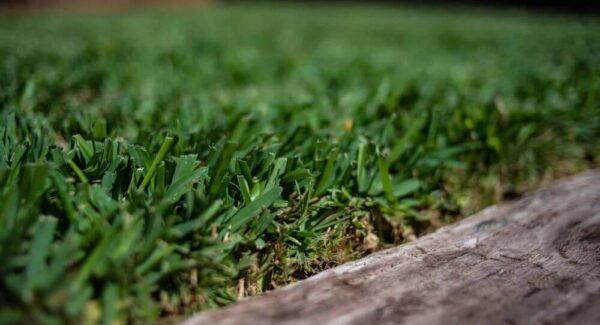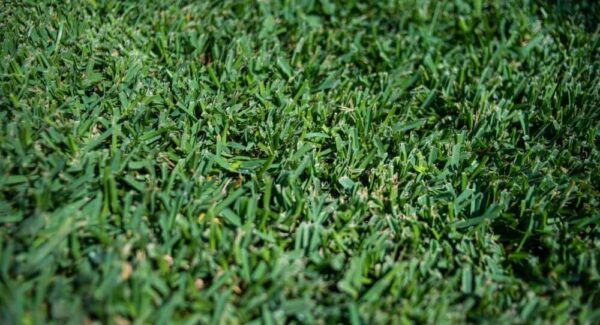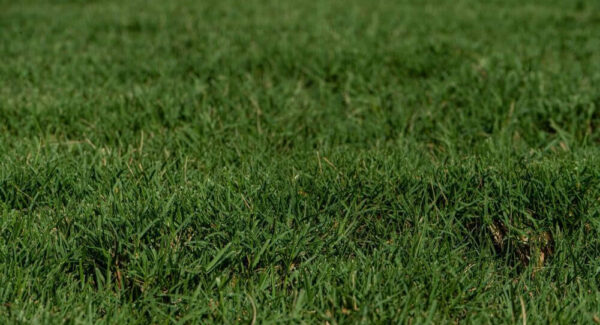Different/Incorrect Variety Part 2
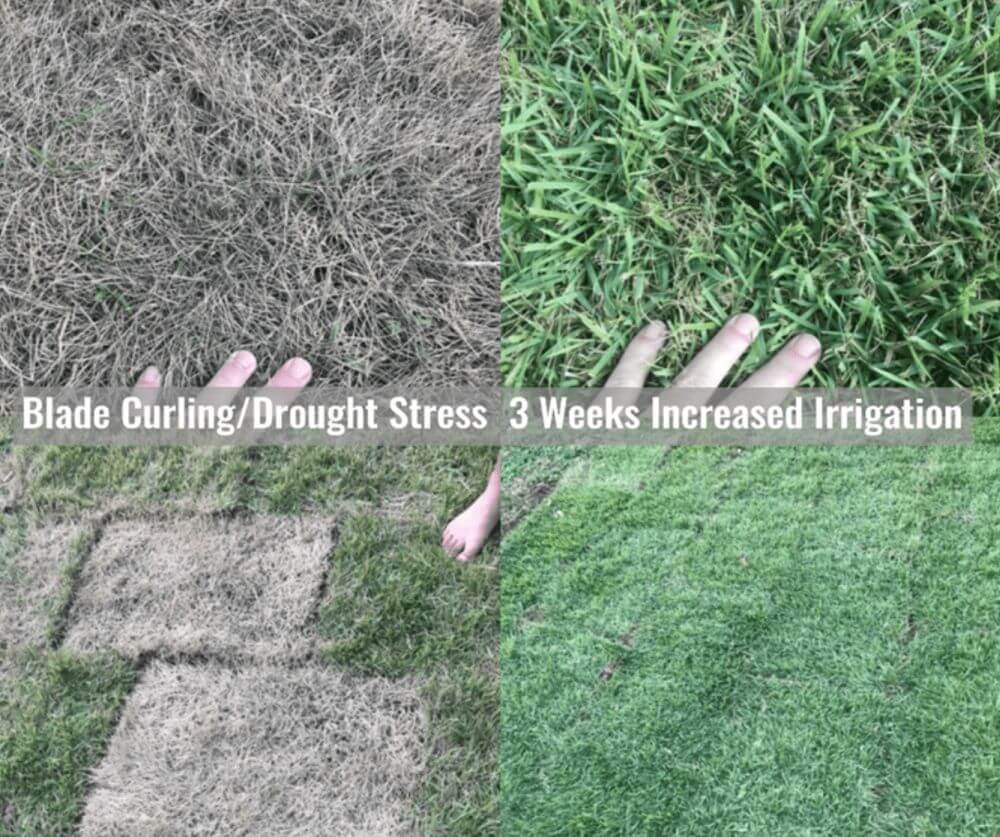
Blade-curling observed after the grass is installed indicates que the grass is stressed and is likely not receiving enough water. This is one of the first signs of drought stress, and keeping an eye out for this & other signs of stress will enable you to correct the problem before it gets out of hand. Blade-curling is más perceptible en medium a wide-bladed varietiescomo Zoysia Palisades y St. Augustine. Please thoroughly review the irrigation article nested within our Páginas sobre el cuidado del césped for instructions & tips on irrigating correctly.
Further, the extensión de curvatura de la hoja puede variar depending on different factors, such as ambient temperatures, wind speedsy harvest time. For example, the first pallet harvested will stress more than the last pallet harvested because it will sit on the pallet a little longer. Rest assured, as long as the grass is installed promptly & watered correctly, the time in which your grass is harvested will not effect its establishment or long-term health.
Depending on soil cultivation depth, soil type/condition, ambient temperatures, weather, and your irrigation schedule, your grass blades should swell to their regular width within the first few weeks de proper water. Si you observe your grass en declive over these first three weeks, please llegar a fuera a nosotros tan pronto como como el descenso es observado. That said, please permitir como mínimo 2-3 days después de la instalación para observable signs of mejora.
Causas comunes:
- Improper Irrigation
- Método de riego (riego manual)
- Temperaturas ambiente de 80°F y superiores
- Retraso en la instalación
- Instalación incorrecta (huecos, solapamientos, etc.)
- Mal funcionamiento del riego
- Pendiente/escurrimiento de agua
- Bloques superiores (más expuestos al viento y al sol)
Resolución:
- Instalación rápida
- Riego inmediato
- Método de riego adecuado
- Calendario de riego adecuado
- Deep Soil Saturation
